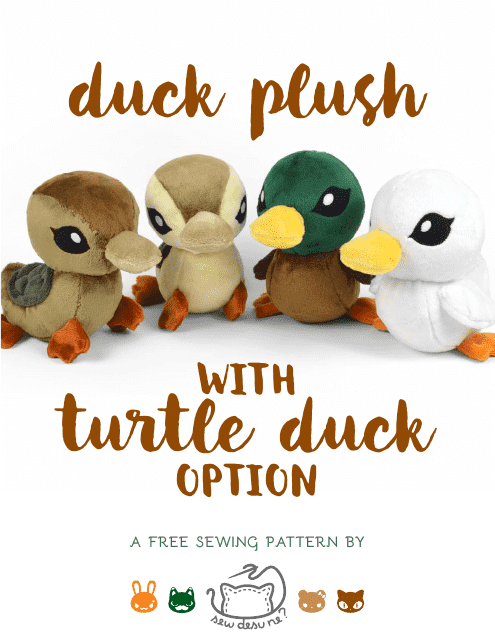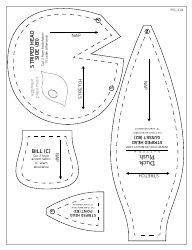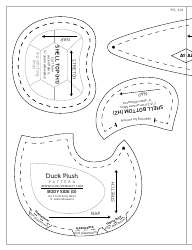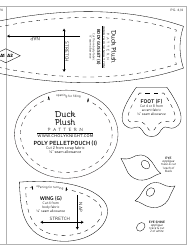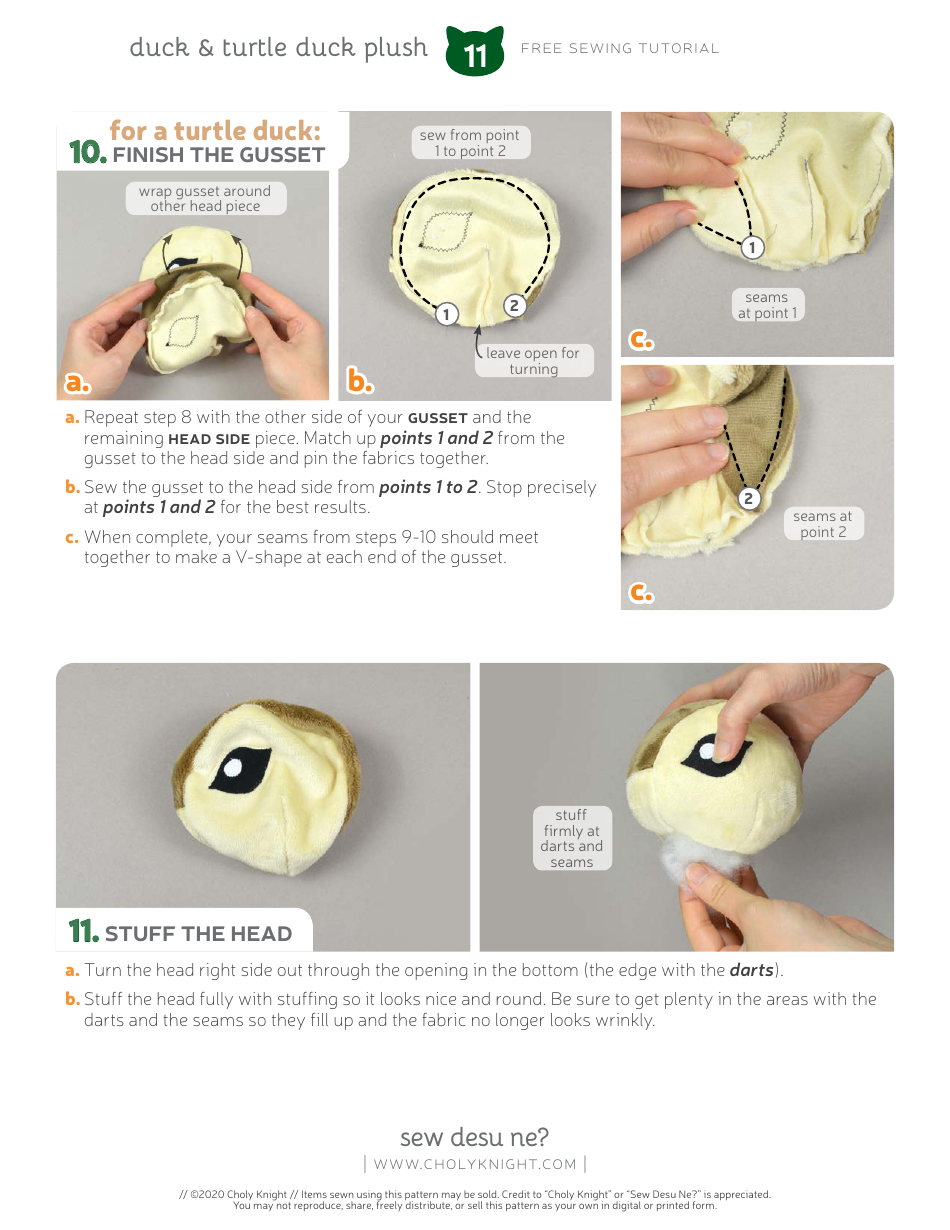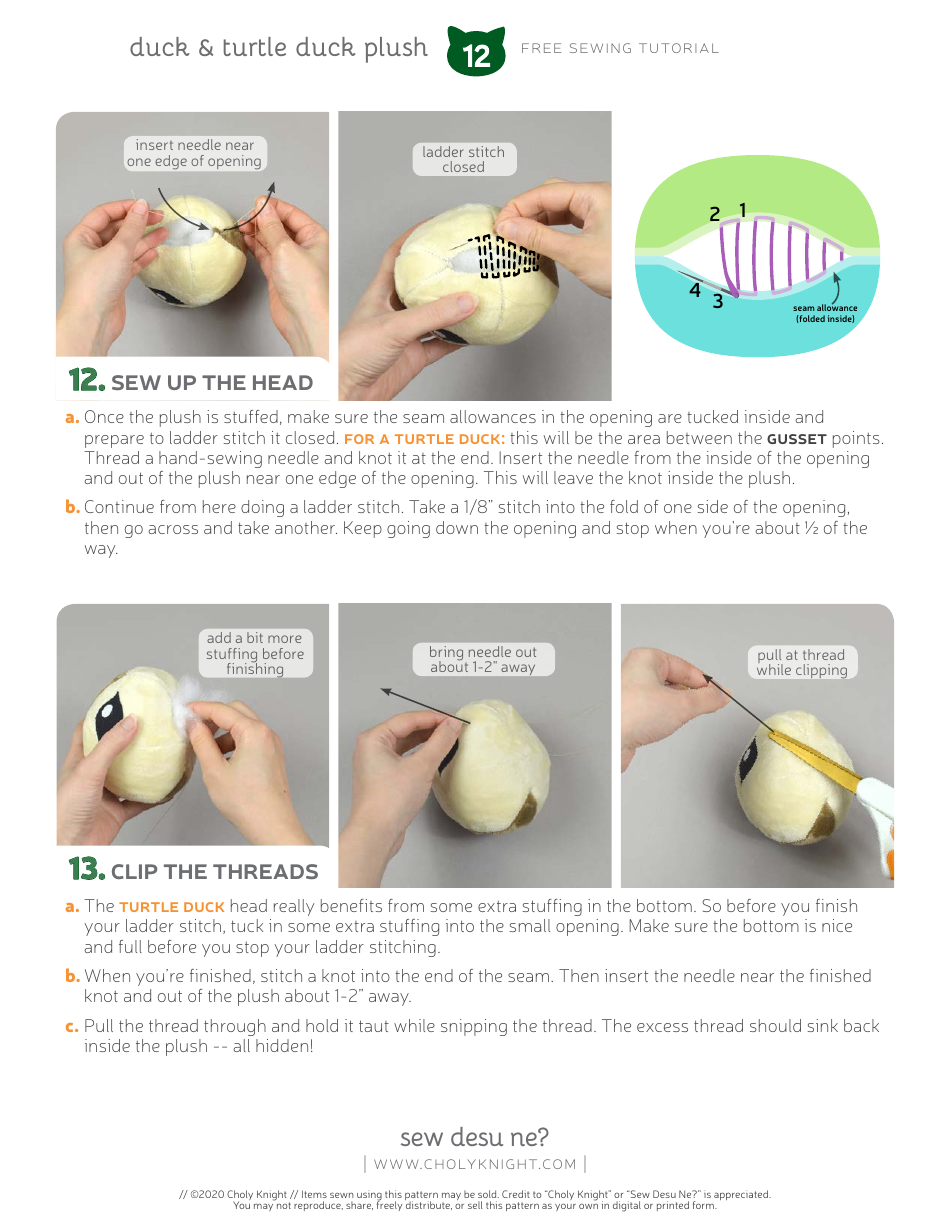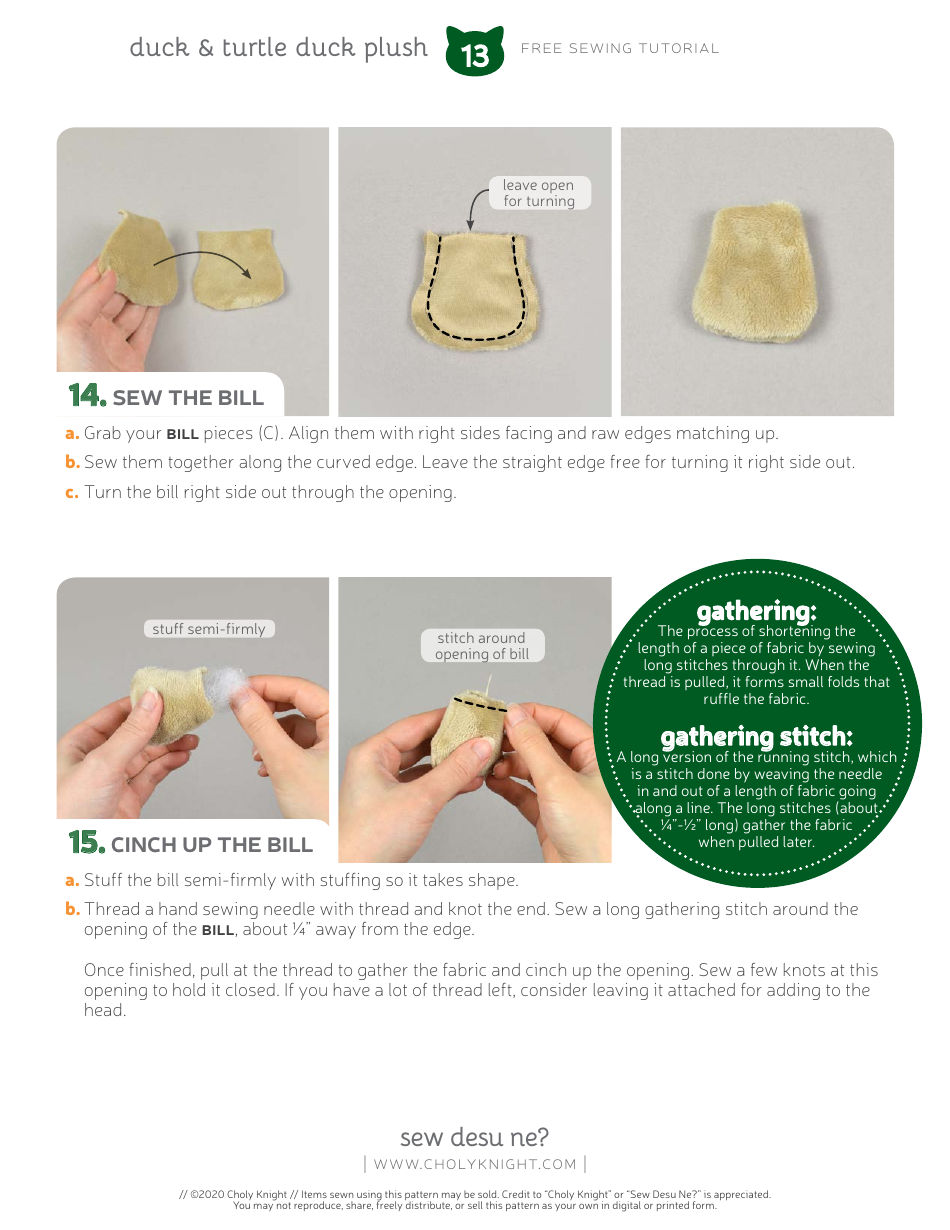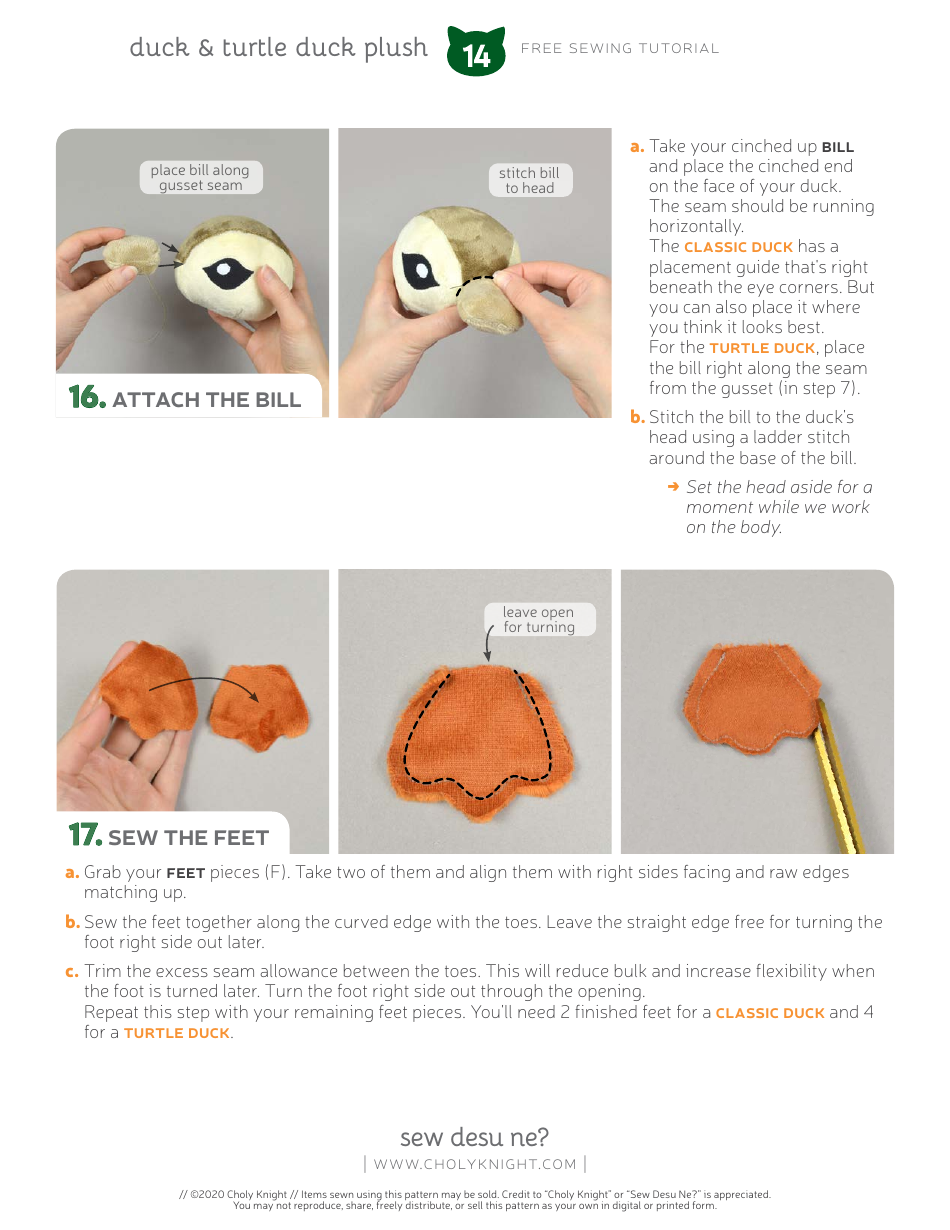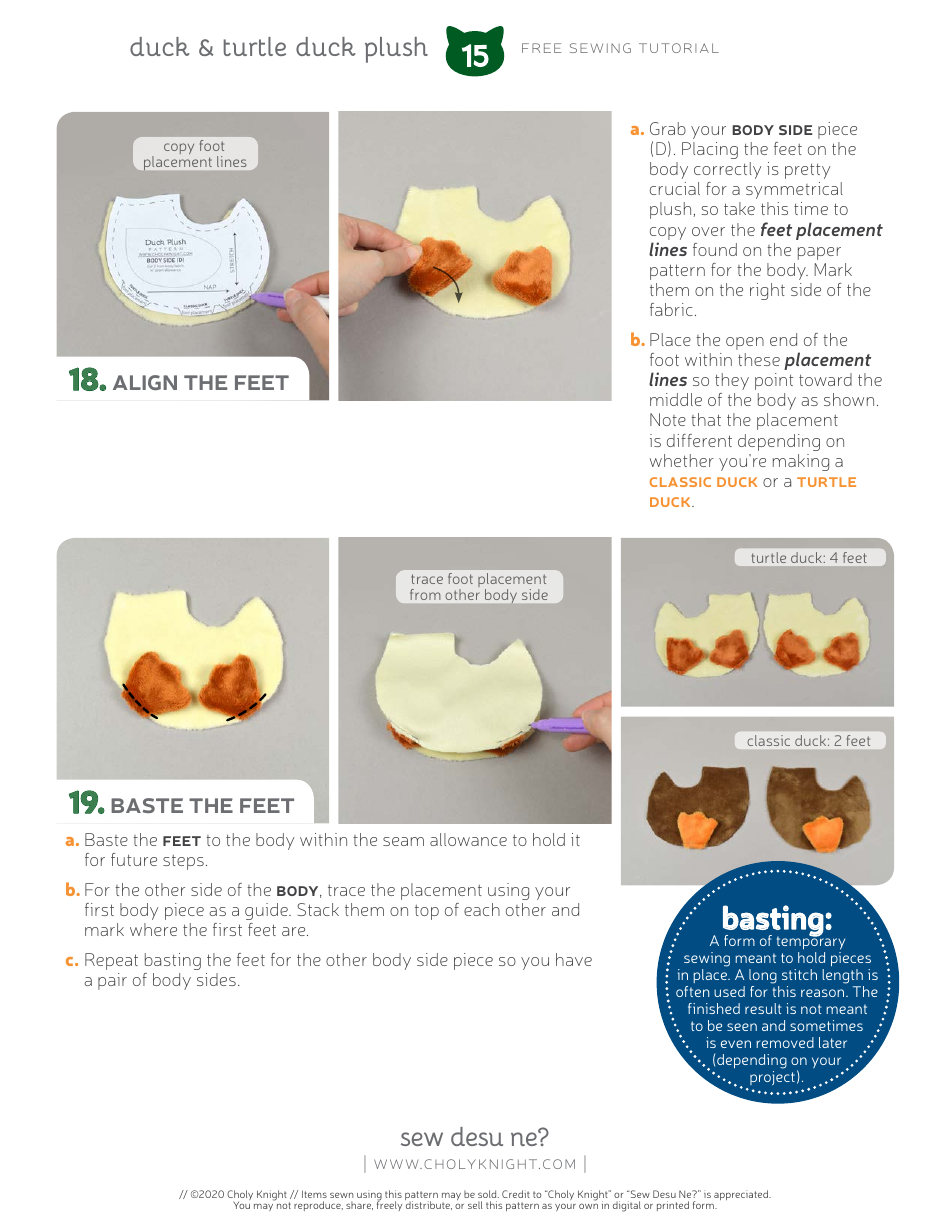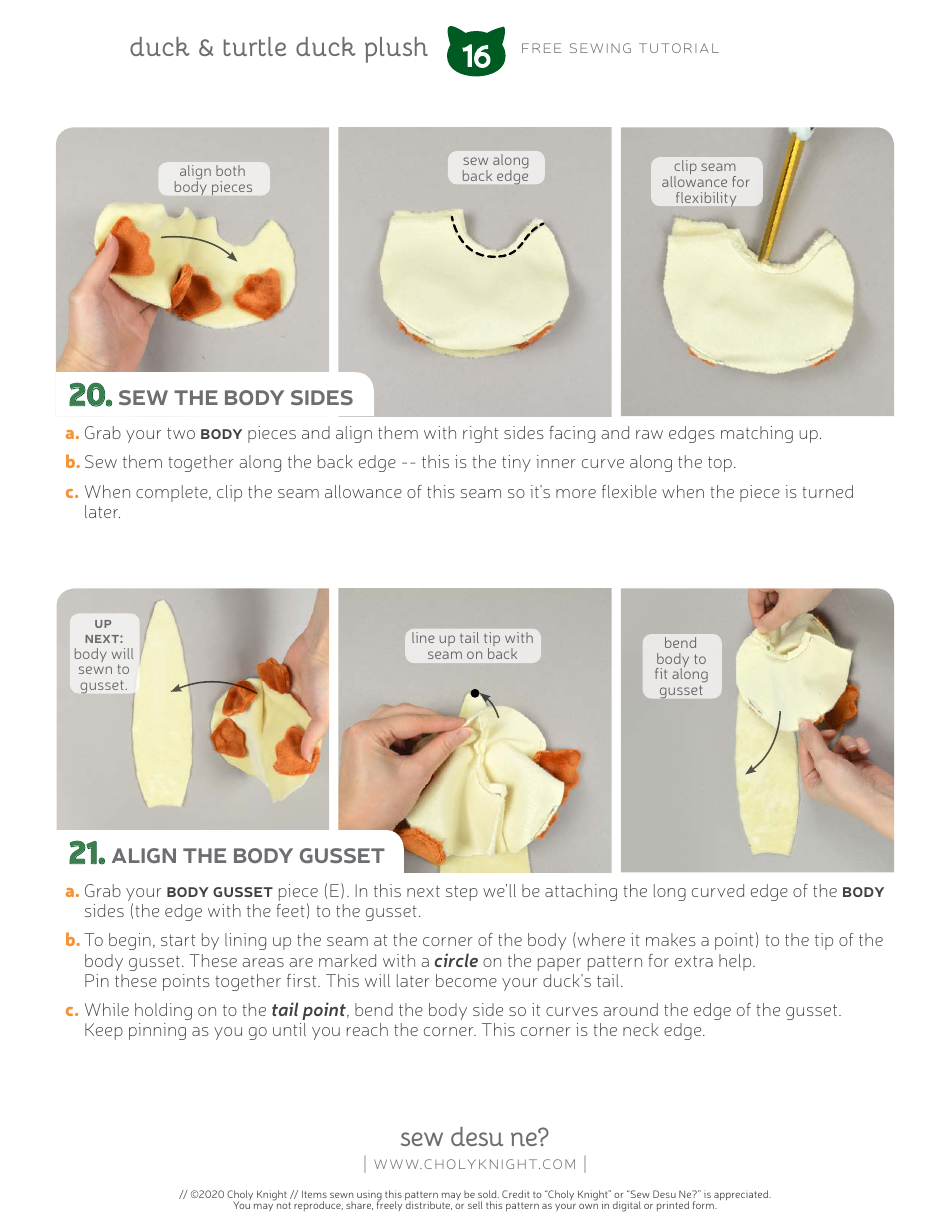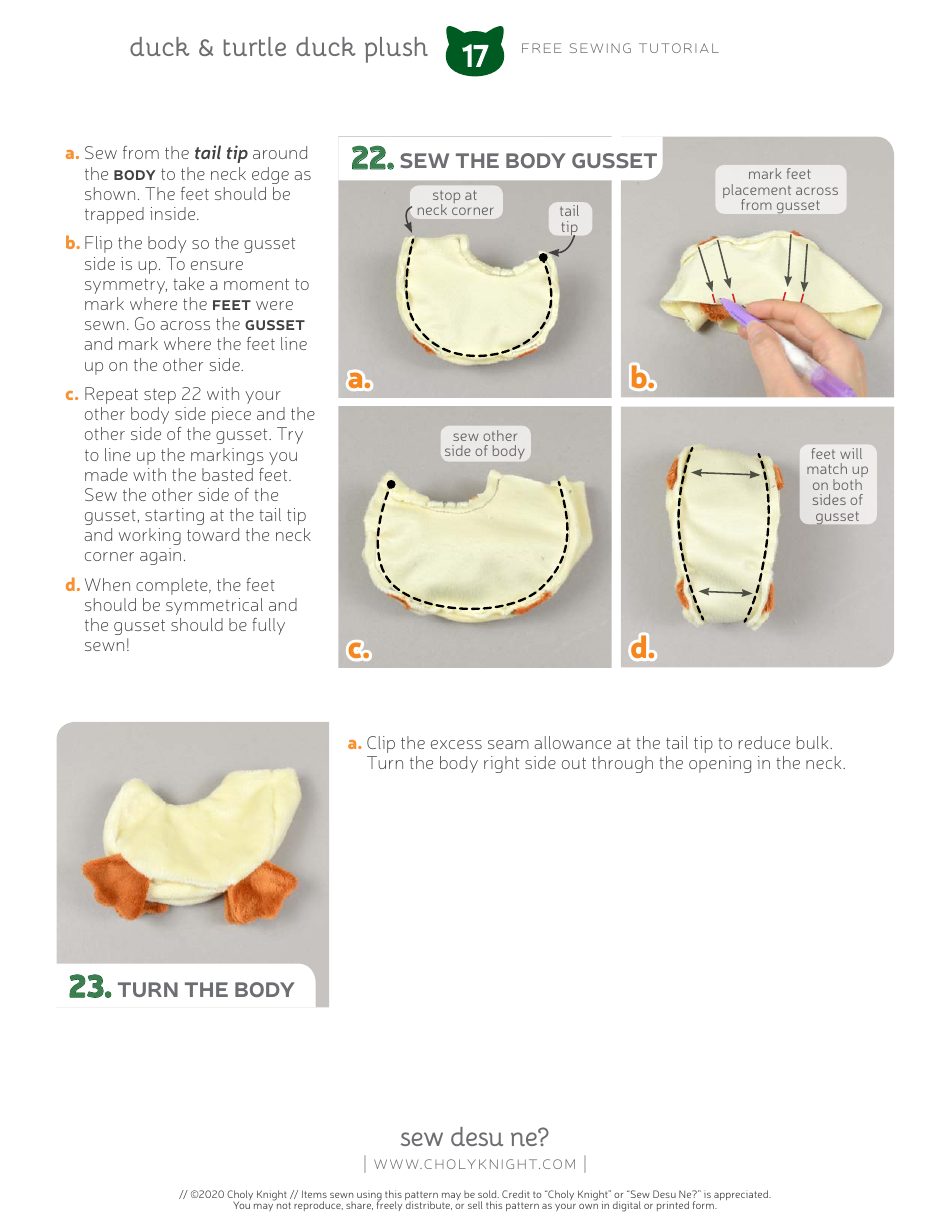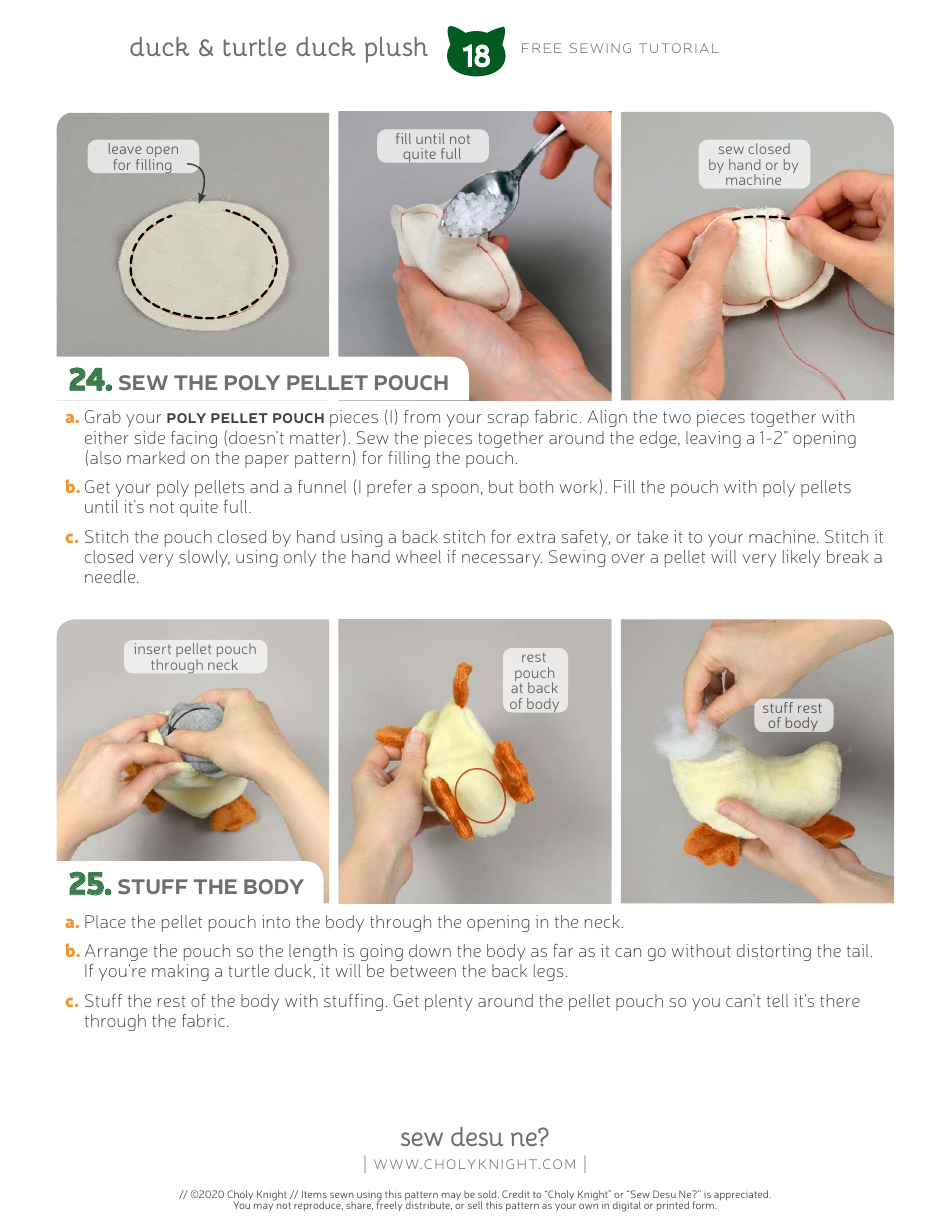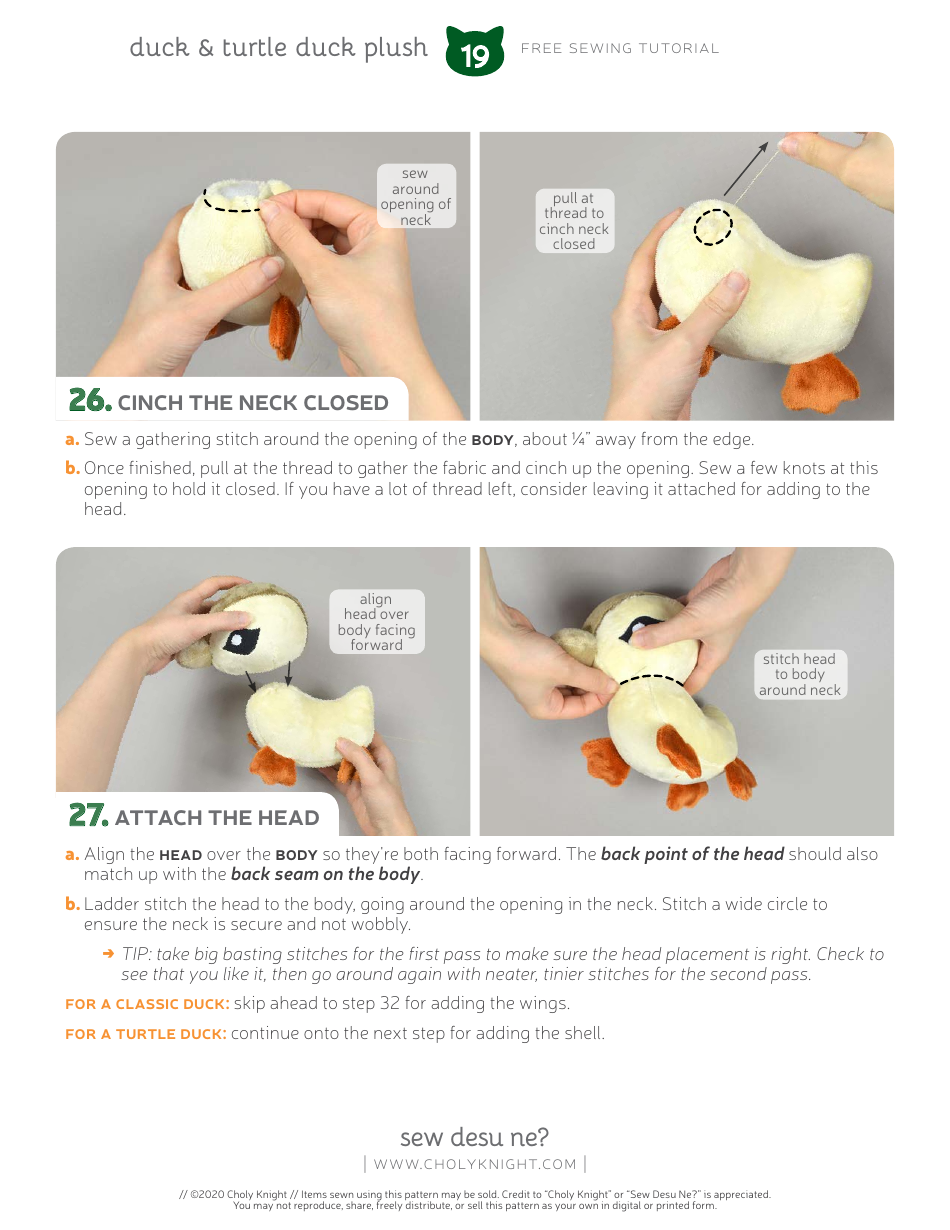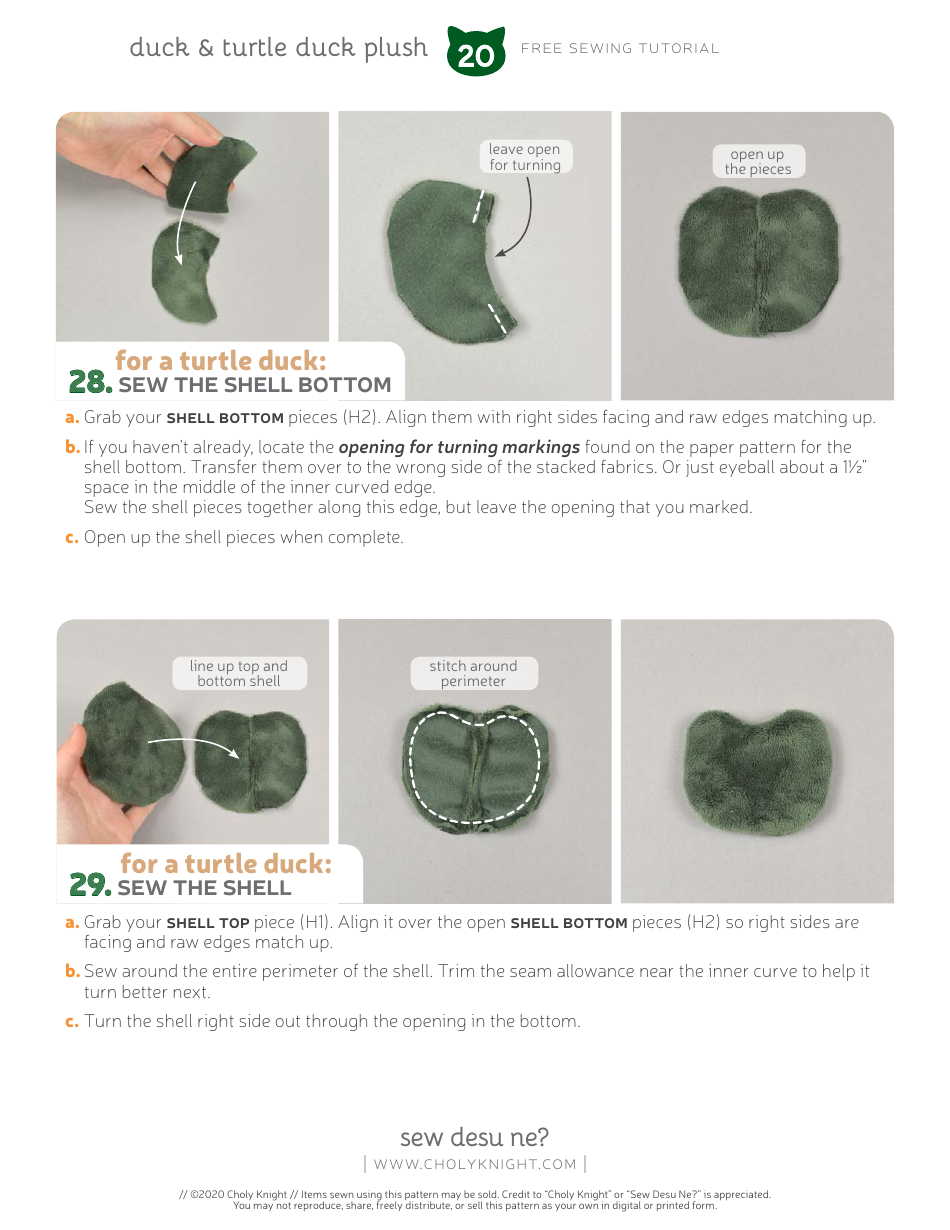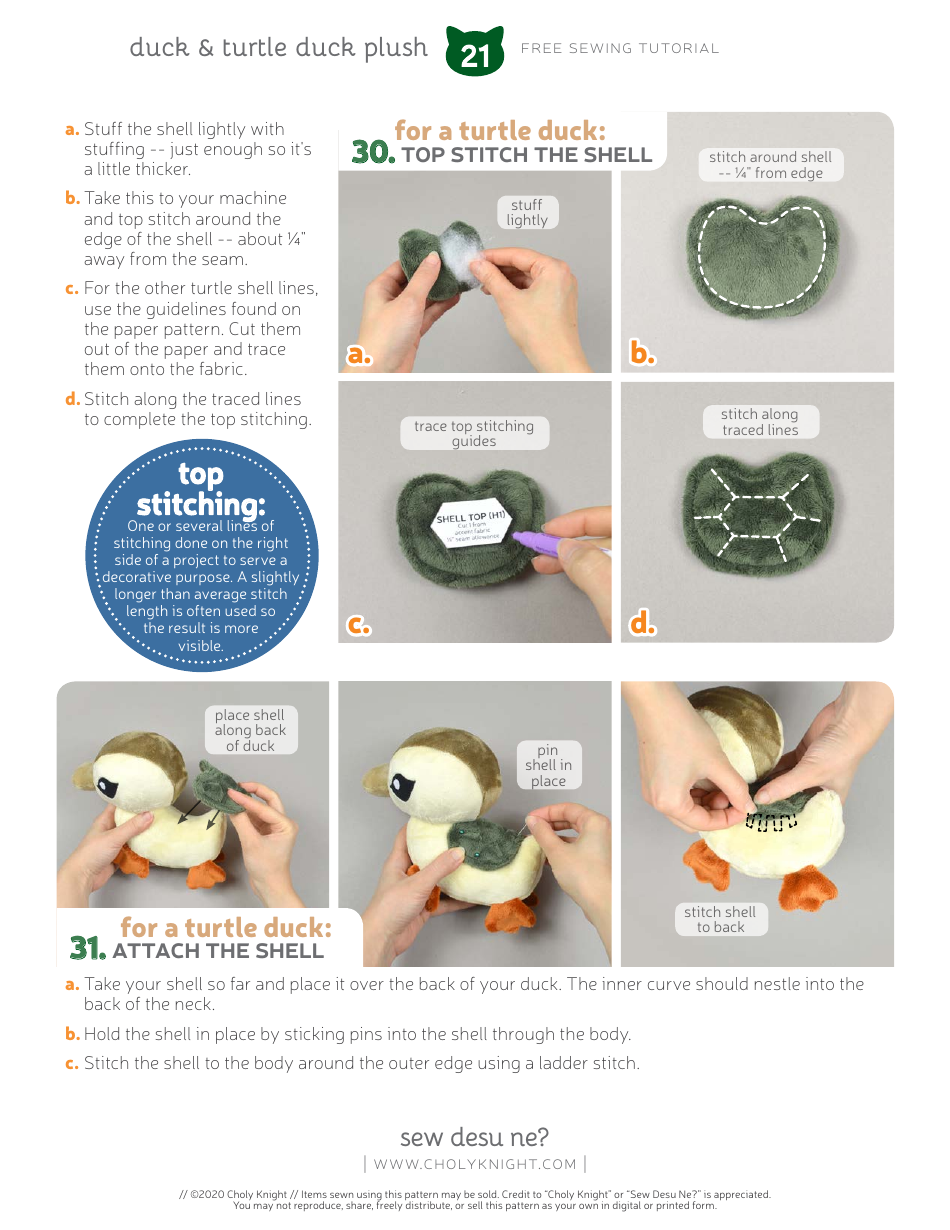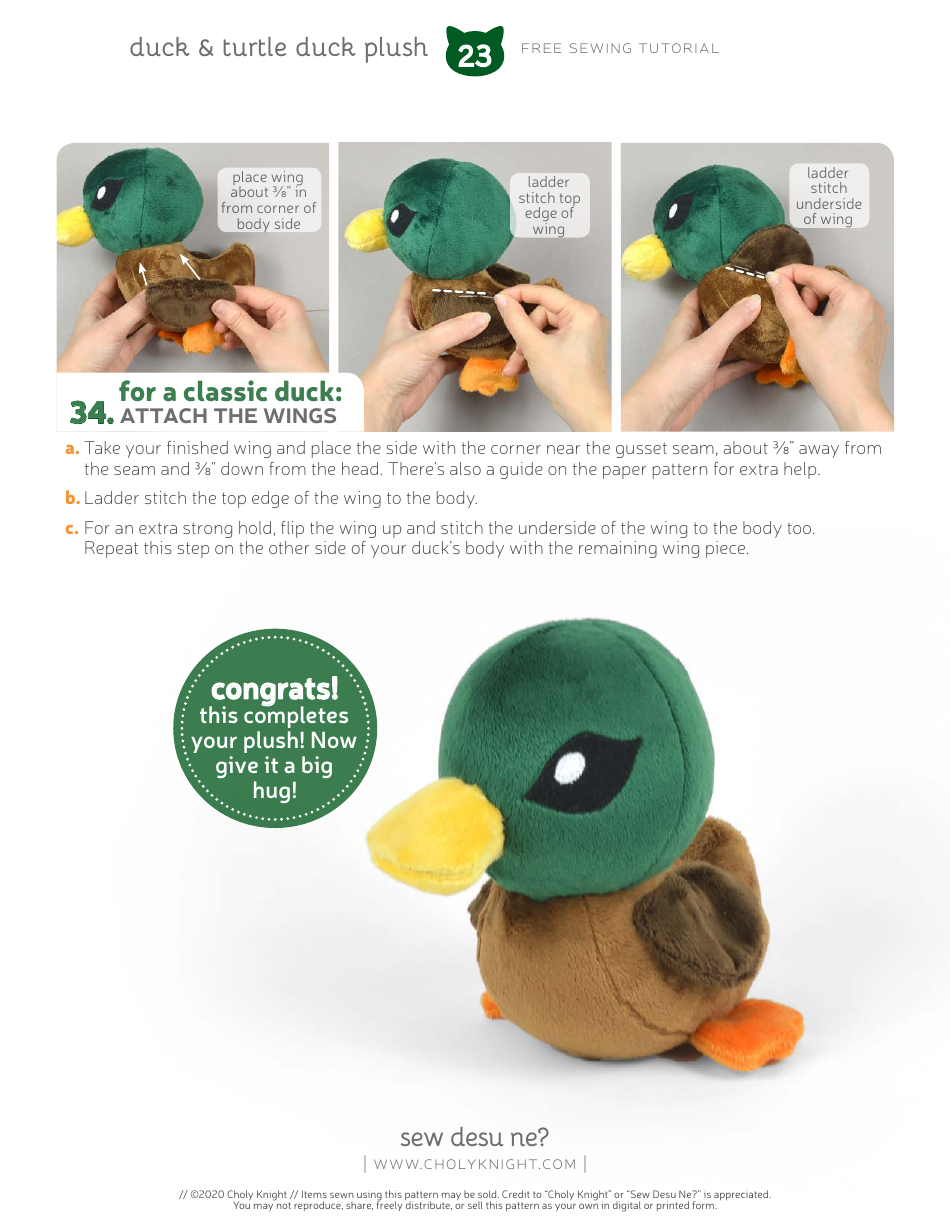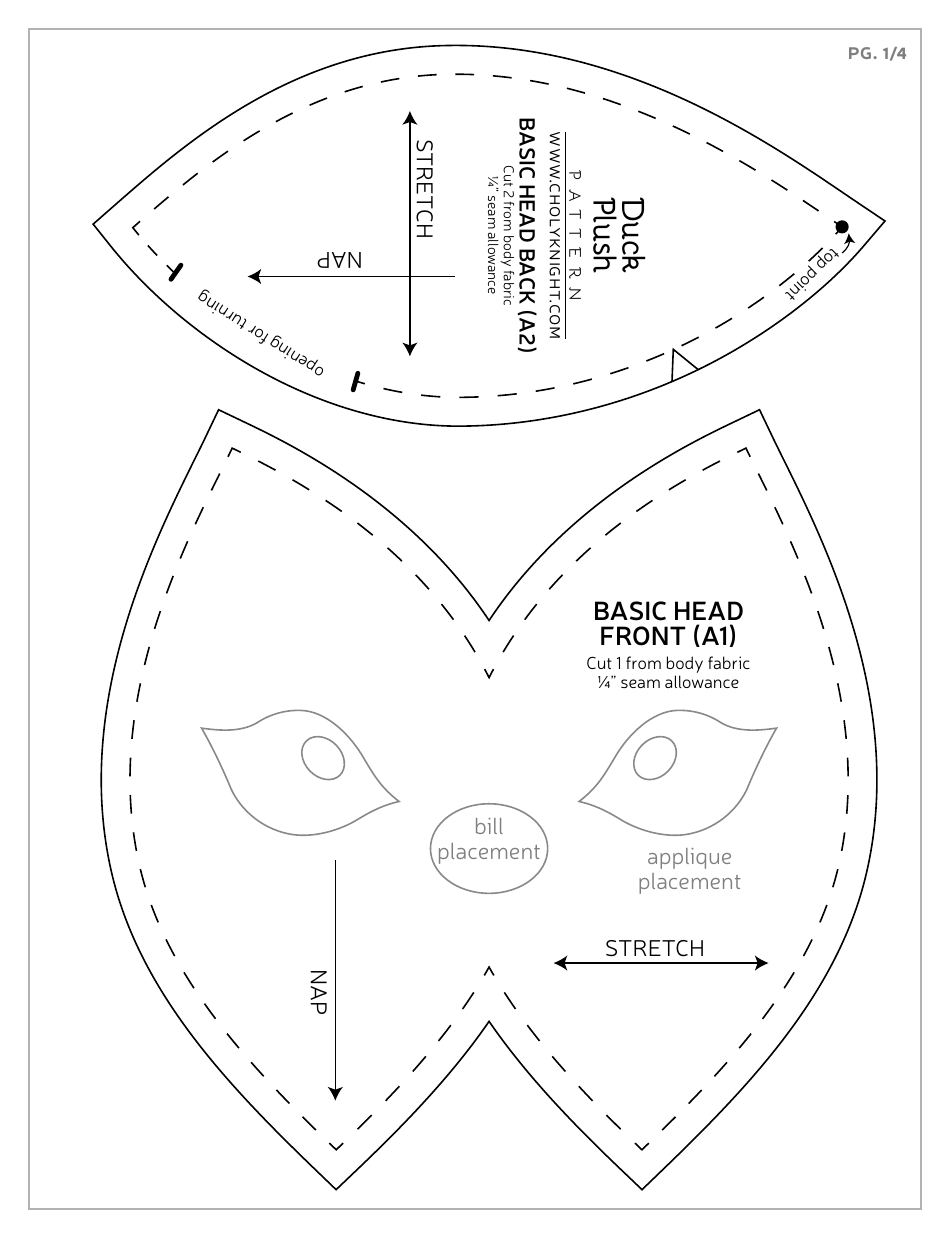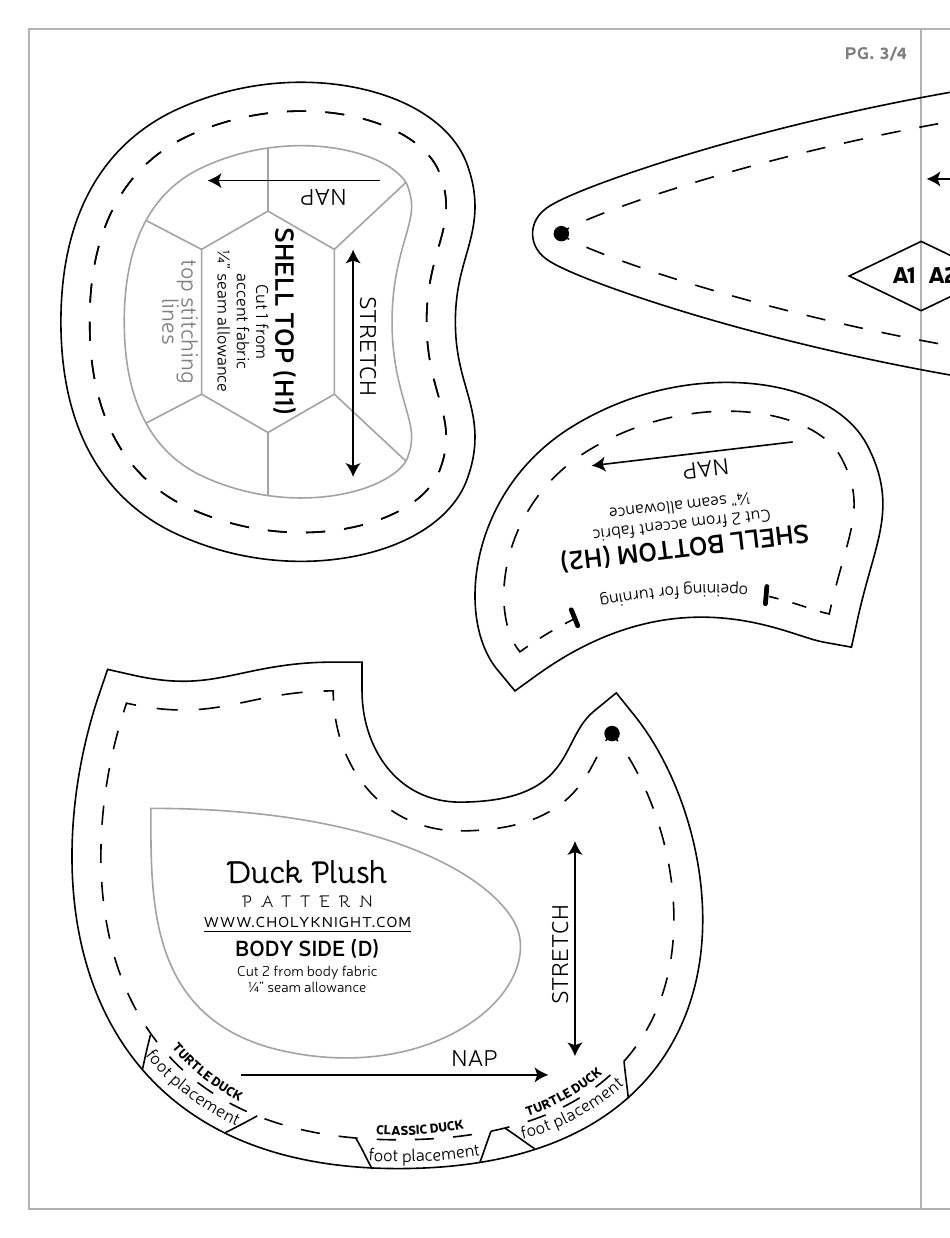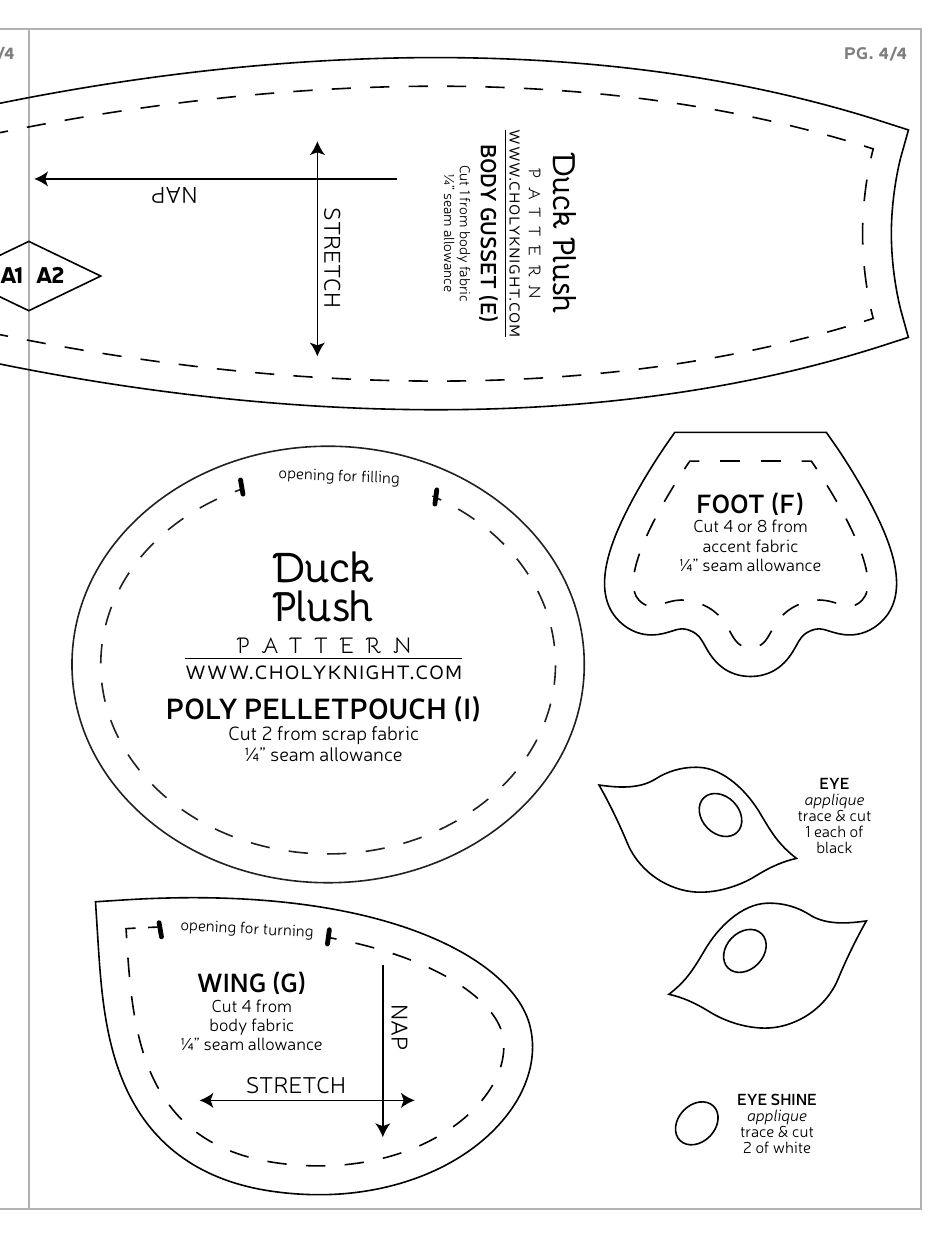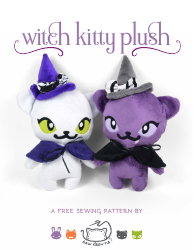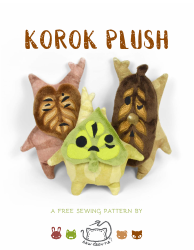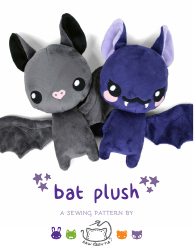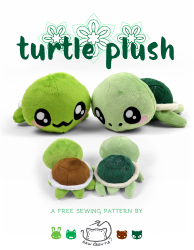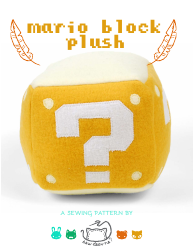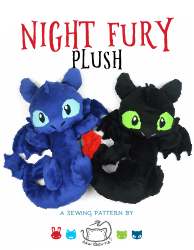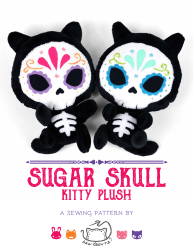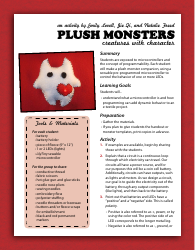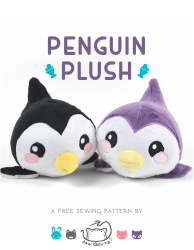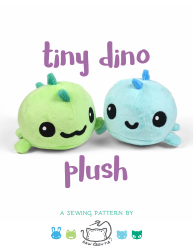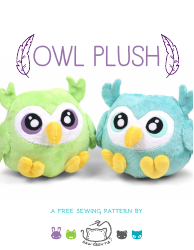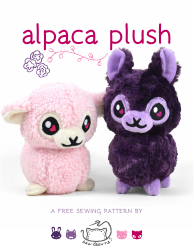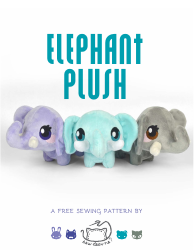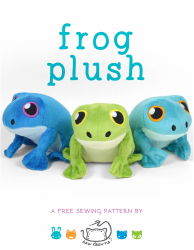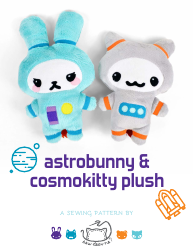Duck Plush Sewing Pattern Templates
A Duck Plush Sewing Pattern Template is a tracing guide used in crafting and sewing projects. It is designed to help people create their own stuffed duck toys or decorations. These templates contain precise measurements and shapes to guide users in cutting their fabric, and demonstrates the sewing techniques required to construct the plush toy. It can be a fun DIY project for kids and adults, and might also be used in an educational setting to teach basic sewing skills.
The Duck Plush Sewing Pattern Templates are typically filed by people who are into arts and crafts, sewing hobbyists, plush toy makers, and DIY enthusiasts. However, there is no specific nationality or country that is solely responsible for creating these templates. They can be created by individuals all over the world, including but not limited to residents of the USA, Canada, India, and Australia. The templates can often be found on crafting websites, blogs, or stores that sell sewing patterns.
FAQ
Q: What is a Duck Plush Sewing Pattern?
A: A Duck Plush Sewing Pattern is a blueprint or guide that helps you make a soft and cuddly duck plush toy through sewing techniques.
Q: How do I use a Duck Plush Sewing Pattern?
A: To use a Duck Plush Sewing Pattern, you cut out the pattern pieces and use them as templates to cut your fabric. Then you sew the fabric pieces together following the step-by-step instructions provided with the pattern.
Q: Do I need advanced sewing skills to create a Duck Plush with a sewing pattern?
A: While sewing skills are beneficial, many patterns are designed for various skill levels. Beginners can start with simple designs and advance as they become more comfortable with sewing techniques.
Q: What materials will I need to create a Duck Plush using a sewing pattern?
A: The materials needed for a Duck Plush sewing pattern often include fabric (like plush or cotton), stuffing material, thread, and sewing equipment like a sewing machine or needles.
Q: Is sewing a Duck Plush a suitable project for children?
A: Sewing a Duck Plush can be an enjoyable, educational project for children with adult guidance. It helps in developing fine motor skills, patience, and creativity. However, caution should be exercised with sharp tools and materials.
